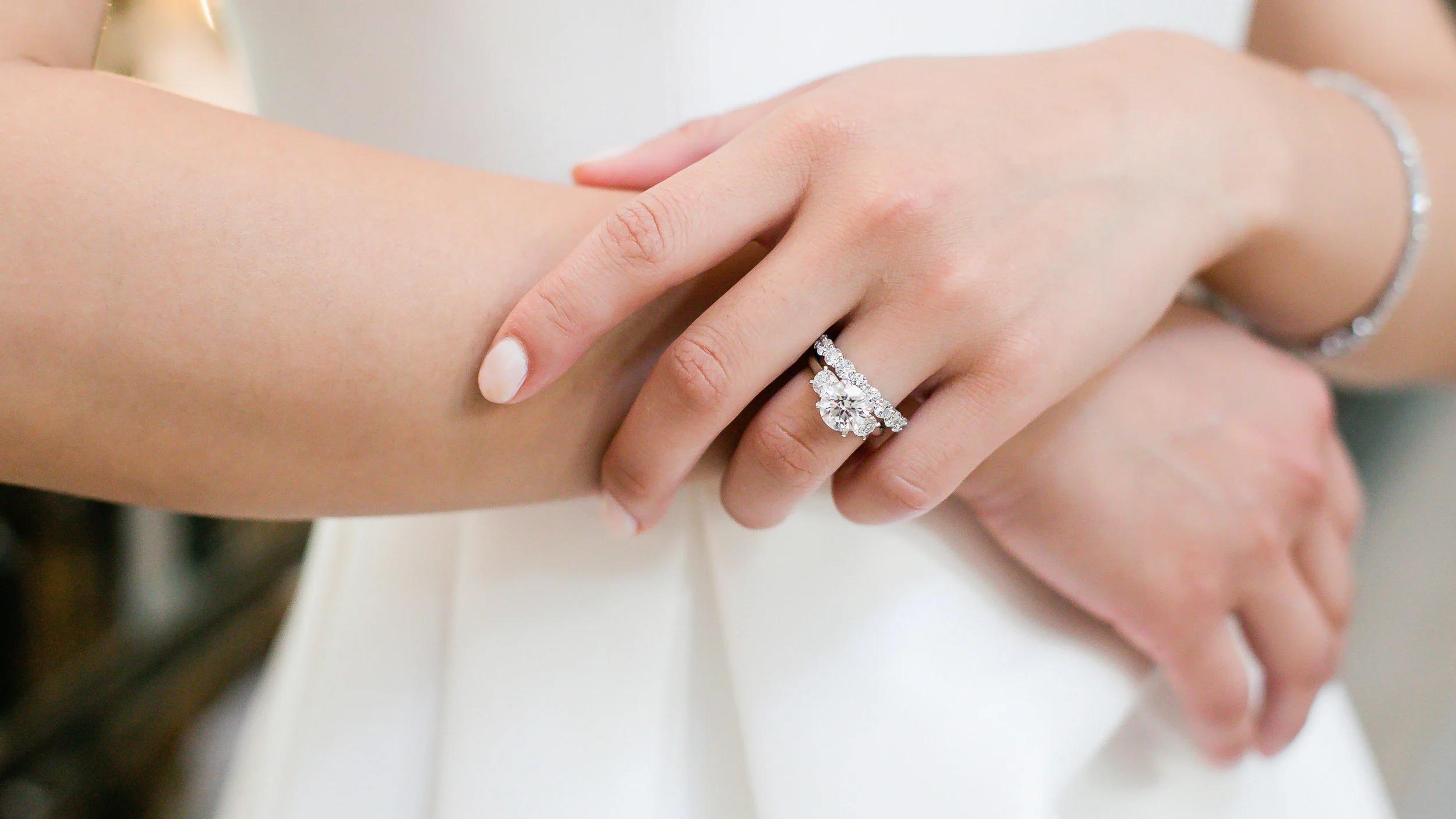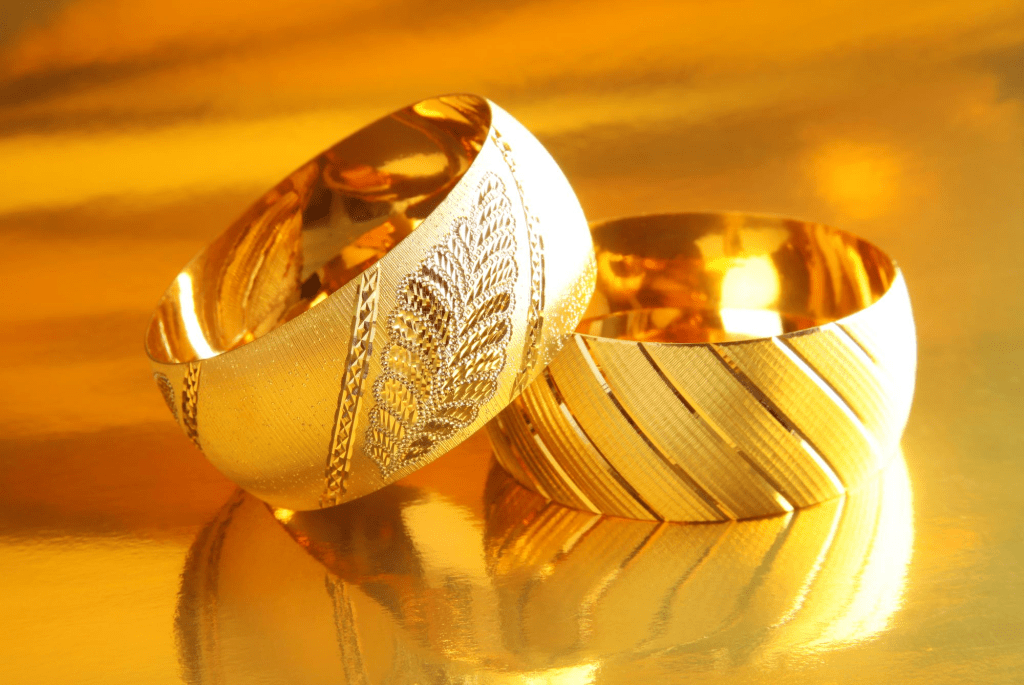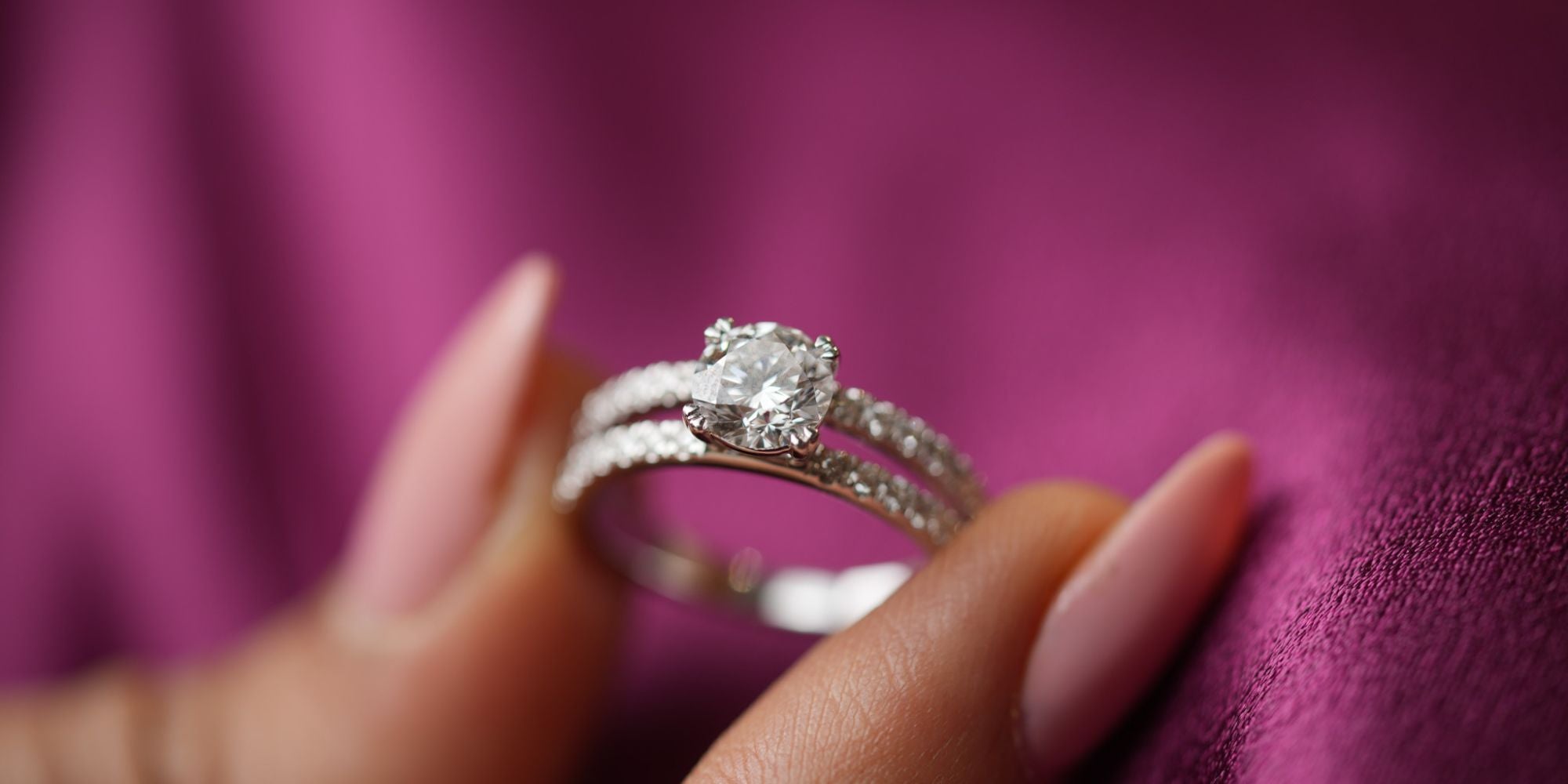
Diamond Shapes Revealed: Advantages and Disadvantages Explored
Diamonds come in various shapes, each with its own unique characteristics that appeal to different tastes and preferences. Understanding the pros and cons of each diamond shape can help you make an informed decision when choosing the perfect diamond for your jewelry.
Introduction to Diamond Shapes
When shopping for diamonds, one of the first things you’ll notice is the variety of shapes available. From the classic round brilliant to the more modern princess cut, each shape has distinct qualities that affect its brilliance, sparkle, and overall appearance on your finger. Let’s explore the advantages and disadvantages of popular diamond shapes to guide you in selecting the ideal stone.
What Determines a Diamond’s Shape?
Before diving into specific shapes, it’s essential to grasp how a diamond’s shape is determined. While often confused, a diamond’s cut refers to its faceting and proportions, affecting how light interacts with the stone. In contrast, its shape refers to the outline or form of the diamond when viewed from the top. The 4Cs—cut, color, clarity, and carat weight—play crucial roles in determining both the beauty and value of a diamond.
Cut and Shape: Understanding the Difference
The cut grade of a diamond assesses its light performance, detailing how well a diamond reflects light from its facets to create sparkle. Shape, on the other hand, refers to the outline of the diamond, such as round, princess, or emerald. Both factors are significant in choosing a diamond that meets your aesthetic preferences and budget.
Round Diamonds
Pros
Round diamonds are renowned for their unmatched brilliance and classic appeal. They reflect maximum light, offering exceptional sparkle and fire. Due to their popularity and precise cutting techniques required, round diamonds often command higher prices per carat than other shapes. Their timeless look ensures they never go out of style, making them a safe choice for engagement rings and other jewelry.
Cons
Despite their brilliance, round diamonds can be more expensive per carat compared to other shapes due to the high demand and wastage during cutting. Additionally, if you’re looking for a more unique or contemporary design, a round diamond may not stand out as much as other shapes like princess or cushion cuts.
Princess-Cut Diamonds
Pros
Princess-cut diamonds feature a modern square shape with pointed corners, offering a contemporary alternative to round diamonds. They provide excellent brilliance and sparkle, making them popular for engagement rings and other jewelry styles. Their square shape also means they can be set in various orientations, offering flexibility in design.
Cons
While diamonds shapes pros and cons are admired for their modern look, they are susceptible to chipping at the corners due to their sharp edges. They may also exhibit less fire (dispersion of light into colors of the spectrum) compared to round diamonds, which some may find less appealing.
Emerald-Cut Diamonds
Pros
Emerald-cut diamonds are characterized by their rectangular shape with step-cut facets that create a hall of mirrors effect. This elegant shape emphasizes clarity over brilliance, making it an excellent choice for those who appreciate a diamond with a sophisticated and vintage appeal. The large, open table of emerald cuts also highlights the diamond’s clarity, making any inclusions more visible.
Cons
Despite their elegance, emerald-cut diamonds tend to show inclusions more prominently than other shapes due to their large, open facets. This can affect the overall sparkle and brilliance of the stone, which some buyers may find less desirable compared to the brilliance of round or princess cuts.
Cushion-Cut Diamonds
Pros
Cushion-cut diamonds, also known as pillow-cut diamonds, feature rounded corners and larger facets to increase their brilliance and fire. They have a vintage charm that appeals to those looking for a classic yet distinctive look. Cushion cuts are versatile and can be found in both square and rectangular shapes, offering options for different preferences.
Cons
While cushion-cut diamonds offer excellent brilliance, they may not sparkle as much as round diamonds due to their larger facets. Additionally, the shape of cushion cuts can vary widely, affecting their appearance and symmetry, which may require careful selection to ensure a balanced and beautiful stone.
Oval-Cut Diamonds
Pros
Oval-cut diamonds have an elongated shape that can create the illusion of longer, slender fingers when worn as a ring. They offer a unique twist on the traditional round diamond while maintaining excellent brilliance and sparkle. Oval cuts are versatile and can suit a variety of settings and styles, from classic solitaires to more intricate designs.
Cons
Despite their elongated beauty, oval-cut diamonds may exhibit a bowtie effect—a dark shadow across the center of the diamond caused by the interaction of light and the diamond’s facets. This can detract from the overall brilliance and sparkle of the stone, requiring careful selection to minimize its visibility.
Marquise-Cut Diamonds
Pros
Marquise-cut diamonds are known for their distinctive boat-like shape with pointed ends. This elongated shape maximizes the diamond’s surface area, creating a larger appearance for its carat weight. Marquise cuts are flattering for those who want a diamond that makes a bold statement and elongates the finger.
Cons
While marquise-cut diamonds offer a larger appearance, they are vulnerable to chipping at the pointed ends. To protect against damage, marquise-cut diamonds often require protective settings that cover the delicate points, adding to the overall cost and complexity of the jewelry piece.
Pear-Cut Diamonds
Pros
Pear-cut diamonds, also known as teardrop diamonds, lab made diamonds, combine the brilliance of round diamonds with a unique teardrop shape. They offer a striking appearance that is both elegant and sophisticated, making them a popular choice for pendants and earrings as well as engagement rings. Pear cuts can be worn with the point facing up or down, offering versatility in design.
Cons
Despite their beauty, pear-cut diamonds have a pointed end that can be prone to chipping if not properly protected. Achieving symmetry in pear cuts can also be challenging, as slight differences in proportions can affect the diamond’s overall appearance and sparkle.
Heart-Cut Diamonds
Pros
Heart-cut diamonds are the ultimate symbol of love and romance, featuring a distinctive heart shape that makes them a unique choice for engagement rings and special occasions. They offer a romantic appeal and can serve as a meaningful expression of love and commitment.
Cons
While heart-cut diamonds are cherished for their romantic symbolism, they are less common and may be harder to find compared to more traditional shapes like round or princess cuts. Achieving a well-proportioned heart shape requires expert cutting skills, which can add to the cost and availability of these diamonds.


